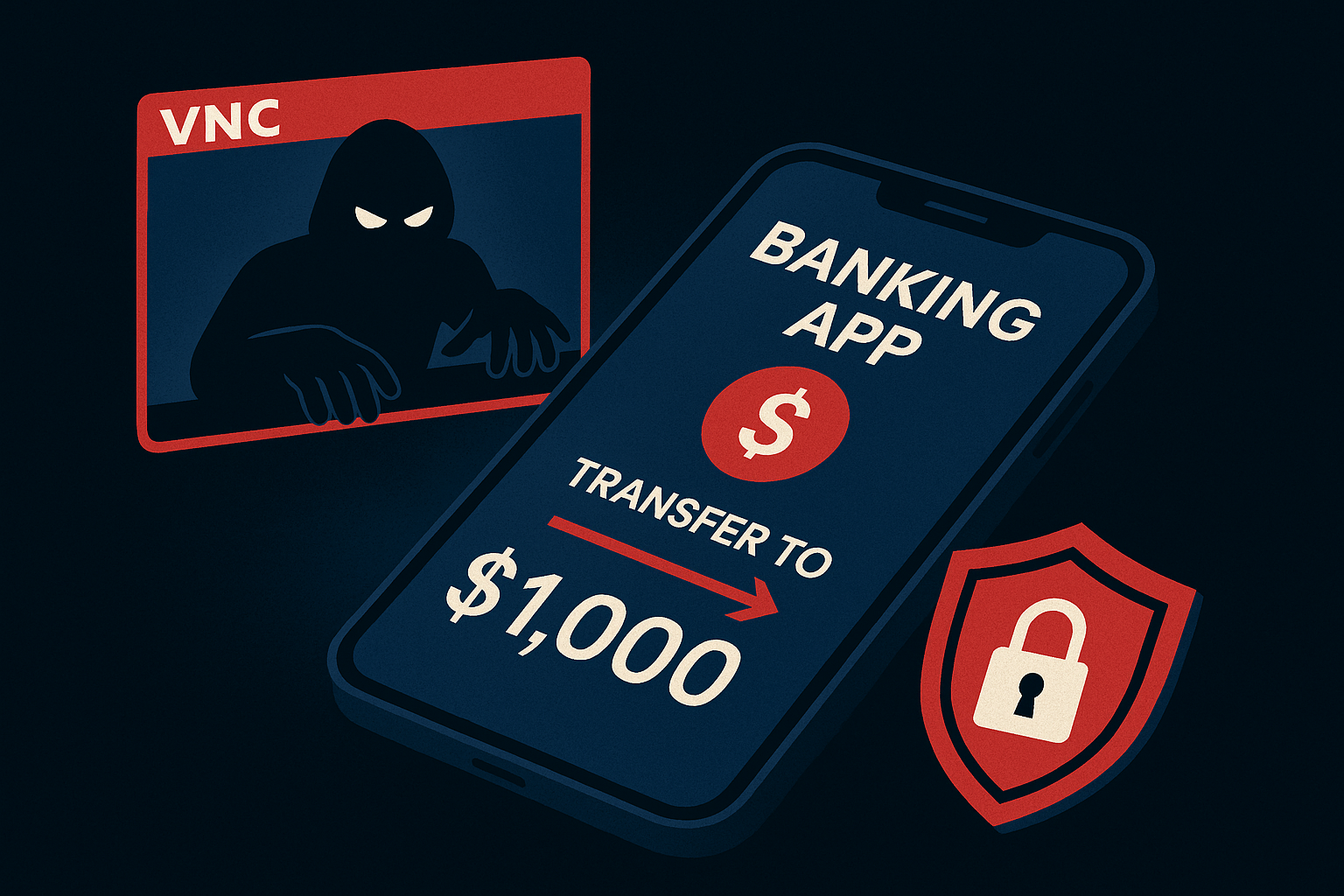Malicious Code is harmful computer code or web script designed to create system vulnerabilities leading to backdoors, security breaches, information/data theft, and other potential damages to files and computing systems. It’s a type of threat that may not be blocked by antivirus software on its own. Not all antivirus protection can treat certain infections caused by malicious code, which is different from malware. Malware specifically refers to malicious software, but malicious code includes website scripts that can exploit vulnerabilities in order to upload malware.
Scripts, worms, and viruses can harm your computer by finding entry points that lead to your critical data. Visiting infected websites or clicking on a bad email link or attachment are major gateways for malicious code to sneak its way into your system.
Next generation antivirus software that can detect and remove malware, protect web-browsing activity, and even has heuristic capabilities to intervene when forbidden actions are taken (such as encryption events) can add strong defenses to your security program. All companies today ought to be running a antivirus solution. Below you will find additional minimum essential security measures all businesses today should be doing.
The following recommendations will help you and your business stay secure with the various threats you may face on a day-to-day basis. All of the suggestions listed below can be gained by hiring CyberHoot’s vCISO Program development services.
Each of these recommendations, except the cyber-insurance, is built into CyberHoot’s product and virtual Chief Information Security Officer services. With CyberHoot you can govern, train, assess, and test your employees. Visit CyberHoot.com and sign up for our services today. At the very least continue to learn by enrolling in our monthly Cybersecurity newsletters to stay on top of current cybersecurity updates.
Sources:
Related Terms:
Discover and share the latest cybersecurity trends, tips and best practices – alongside new threats to watch out for.

In cybersecurity, not all attacks happen through fancy malware or zero-day exploits. Some of the most effective...
Read more
The rapid rise of generative AI has unlocked enormous promise, but it’s also accelerating the arms race in...
Read more
Newly discovered Android banking Remote Access Trojan (RAT), dubbed Klopatra, has compromised more than 3,000...
Read moreGet sharper eyes on human risks, with the positive approach that beats traditional phish testing.
